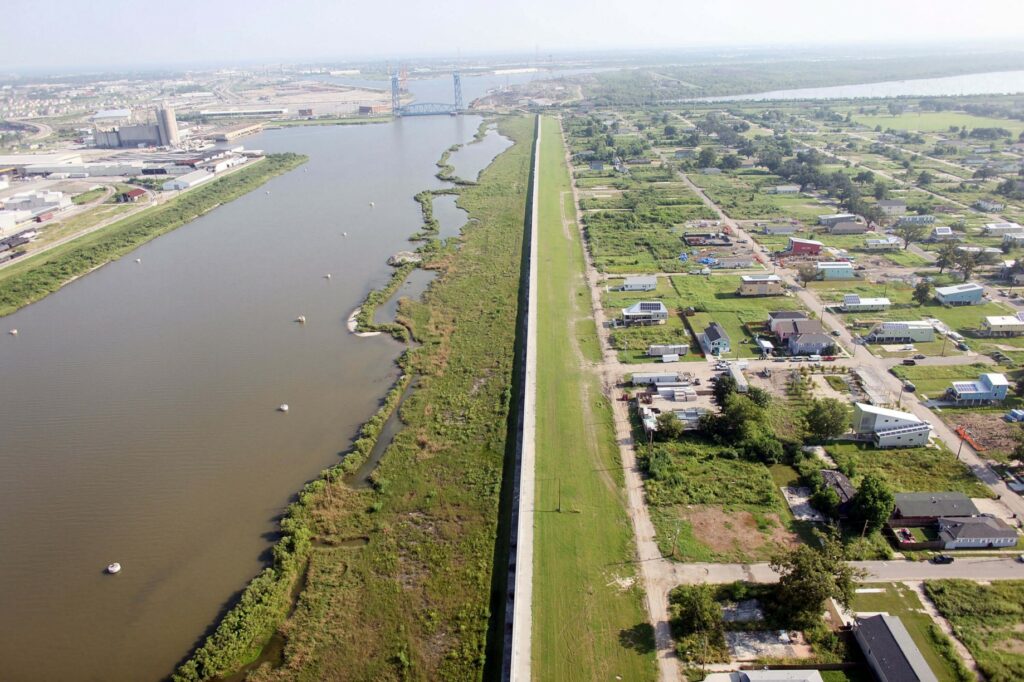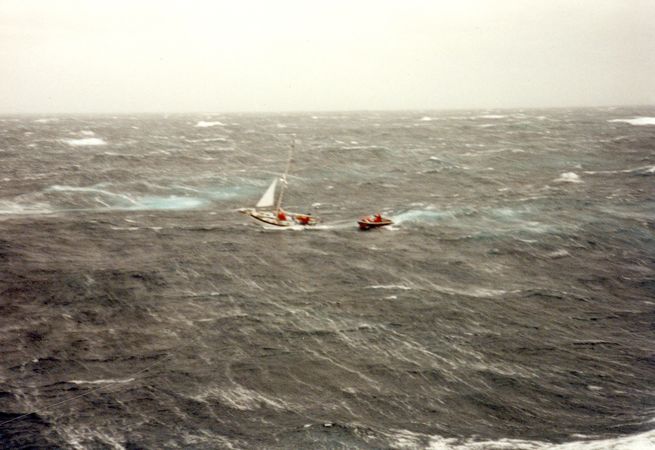Water levels are continuously changing every day, fluctuating from low to high. Changing water levels does benefit humankind but can also cause harm. Water levels can also be natural and artificial. Tides caused by the sun and moon’s gravitational pull are an example of natural change in water levels. Another example of natural change in water level is drought and storm surges.
Contents
Why It’s Important to Learn About Changing Water Levels
It’s essential to learn about changing water levels because it affects every living thing. For example, fishers, the rise of water levels, for example, can affect how bountiful their catch is for the day. Those who live near bodies of water also depend on people who look at the current water level. Disasters like tsunamis and hurricanes can change water levels in a flash. Even so, people can evacuate thanks to the knowledge about water level changes immediately.
The changes in water levels can also determine the supply of water in a household. Knowing the expected season for abundance and lack of water is essential. The change in water levels is the easiest way to pinpoint when water needs to be stored or not. If you are a person who relies on wells as a primary source of drinking water, monitoring changes in water levels helps a lot. Knowing how and when water levels change can help people prepare and find alternative ways to get their water needs.

As for those who manage dams, having a significant amount of knowledge and experience about changing water levels is necessary. During the rainy season, reservoirs in dams can fill and thus, the need to release excess water. Managing water levels of a dam is tricky, for if the rate of water release is too fast, flooding of different places may happen. Also, when water levels in dams are low, the water supply for homes that rely on dams can be affected. Still, with the right amount of knowledge about water levels, problems that may arise from changing water levels can be solved effectively.
How Changing Water Levels Affects Boat Safety
Whenever a change in water level occurs, it is crucial to know how it can affect boat safety. For instance, the rise of water levels in bodies of water like rivers and seas means that currents are faster. If water flows faster, it will become more challenging to control a boat’s direction. Traveling through fast currents is dangerous because boats can crash into solid objects like bridge piers and taller rocks. Low water levels can also pose a danger to a boat. It is not advisable to run a boat through low water levels because small and sharp rocks at the bottom can damage boats.

Why Do Water Levels Fluctuate?
Fluctuation of water levels has a lot of factors. Most of the time, water levels fluctuate simply because of the evaporation and precipitation caused by the sun and rain. Water levels can also fluctuate because of the moon that causes high tide and low tide. Another reason is natural disasters. Tsunamis, for example, can significantly affect the water levels in an instant. First, water levels near the shore become too low, and then huge waves of water come. Storm surges caused by hurricanes are another example, for they can cause rising water levels in a short amount of time.
Facts About the Changing Water Levels
A well-known fact about changing water levels is that today, seawater levels are rising faster than ever. About 3.66mm every year is the observed rate of sea-level rise. However, that’s not the first time humankind caused changes in water levels by themselves. Men have also been controlling how water levels change by constructing dams. Romans even created dams back in the day to control the water levels according to their needs.
For natural changes in water level, some tides happen every day. But there are times in a month that seawater levels are higher or lower than usual. These are called spring tide and neap tide. Springtide is when the sea water levels rise more than usual, while the neap tide is lower.

Threats of Changing Water Levels You Should Be Aware Of
There are dangers and hazards of changing water levels that everyone must know. The rise of water levels can lead to flooding and can affect many lives in an instant. Flooding is usually caused by heavy rains or storms that occur for a long time. However, flash floods do exist too and can harm people without any warning.
Another warning, especially for nations living in the “pacific ring of fire,” is the frequent occurrence of earthquakes that can potentially trigger tsunamis. Unlike flash floods, tsunamis can be predictable sometimes. Water levels from the seashore will drop first as it gathers the water to form an enormous wave.
The drop in water levels is as alarming as the fast water level hike. Water is a basic need for most living creatures, and if a drought happens, it is a huge problem. When water levels of bodies of water like lakes continue dropping every day, it is a sign that people should find alternative ways to get a reliable source of water.
What are the Best Water Level Indicators?
There are many kinds of water level indicators for different kinds of industries. For water level monitoring of bodies of water, they use gauges to see its exact level and sensors to trigger an alarm whenever the water level is low or high. Some people also use ultrasonic devices to determine water levels. They measure the water level by how fast the sound waves reflect after hitting the bottom of a body of water or a vast reservoir. There are also capacitive water level indicators that measure the level of water with capacitance probes. Frequency indicators work by pulsing microwaves from the water’s surface and determining water level by how fast it comes back to the transmitter.

Conclusion
The constant change of water levels causes many things in the environment, affecting living things around. It is important to know facts about changing water levels, what causes it, threats that may come along, and how to measure it. With sufficient knowledge about water level changes, problems that may arise can be solved more effectively and efficiently in the future.